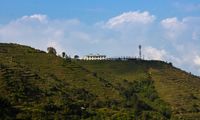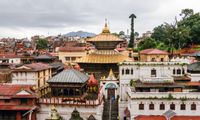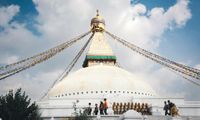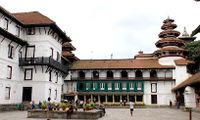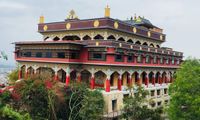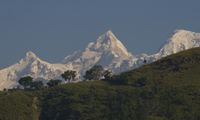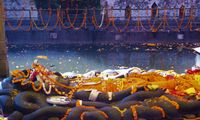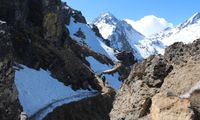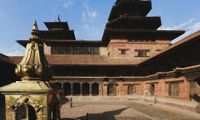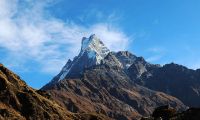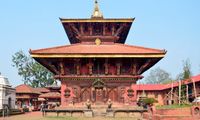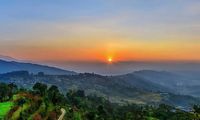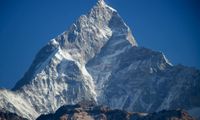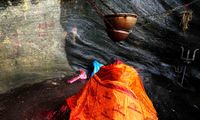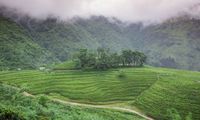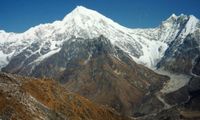Chitwan National Park
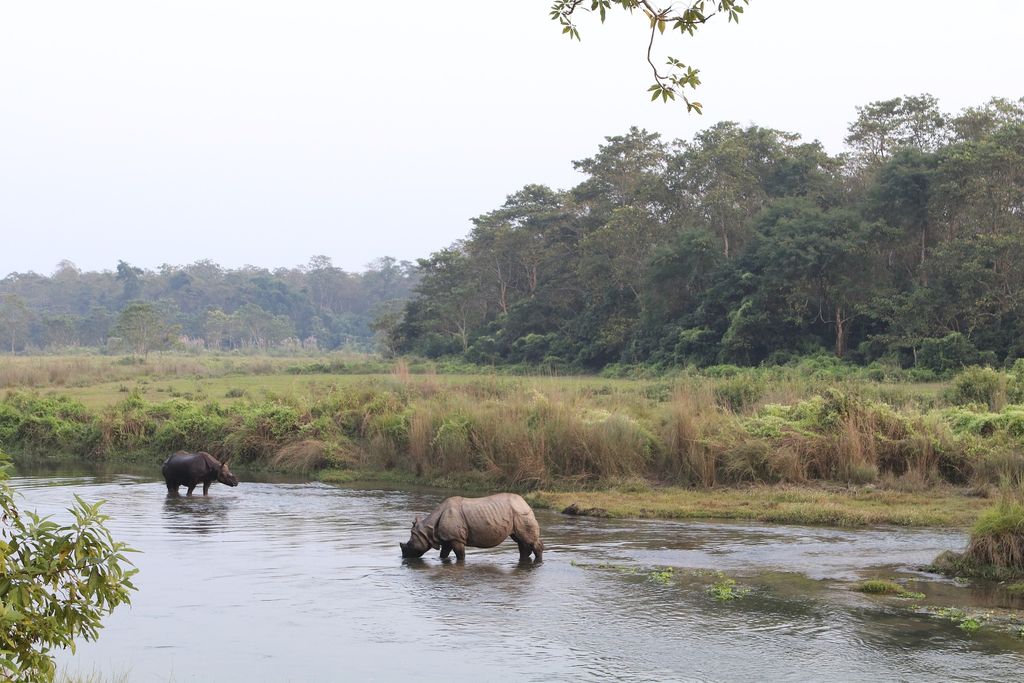
About
Chitwan National Park, located in the subtropical lowlands of southern Nepal, is the country’s first national park and a UNESCO World Heritage Site. Covering 952 square kilometers, it is a premier destination for wildlife enthusiasts and nature lovers, offering a unique blend of dense forests, grasslands, rivers, and cultural experiences.
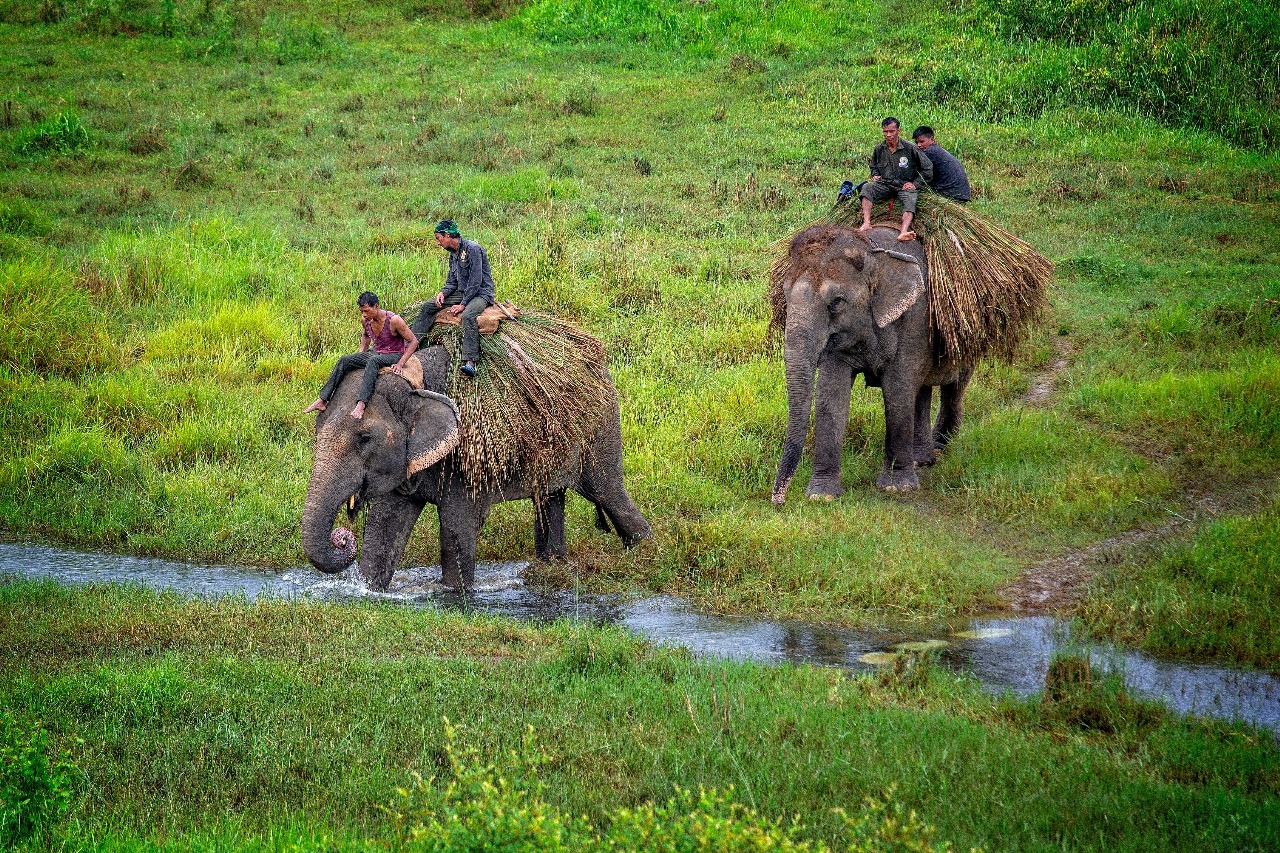
The park is home to some of the world’s most iconic species, including the one-horned rhinoceros, Bengal tiger, Asian elephants, and over 500 bird species. Beyond its wildlife, Chitwan provides insight into the local Tharu community, allowing visitors to experience traditional dances, crafts, and village life.
With convenient access from Kathmandu and Pokhara, Chitwan National Park is ideal for jungle safaris, canoe rides along the Rapti River, birdwatching tours, and walking safaris. Whether you are seeking adventure, photography opportunities, or a peaceful escape into nature, Chitwan National Park remains one of Nepal’s most unforgettable destinations.
Locate Us
Nestled in the lush subtropical lowlands of southern Nepal, Chitwan National Park is one of Asia’s most celebrated wildlife reserves. Recognized as a UNESCO World Heritage Site, this park is a haven for nature lovers, wildlife enthusiasts, and adventure seekers. Covering an impressive 952 square kilometers, Chitwan is home to some of the world’s rarest animals, including the Bengal tiger and the one-horned rhinoceros.
For travelers, Chitwan offers more than just a jungle safari—it’s a journey into the heart of Nepal’s biodiversity, where dense forests, meandering rivers, and vibrant villages create an unforgettable blend of nature and culture. Whether you’re cruising down the Rapti River in a canoe, spotting exotic birds at dawn, or watching the sun dip into the horizon with the call of wild animals in the background, Chitwan is an experience you’ll treasure for life.
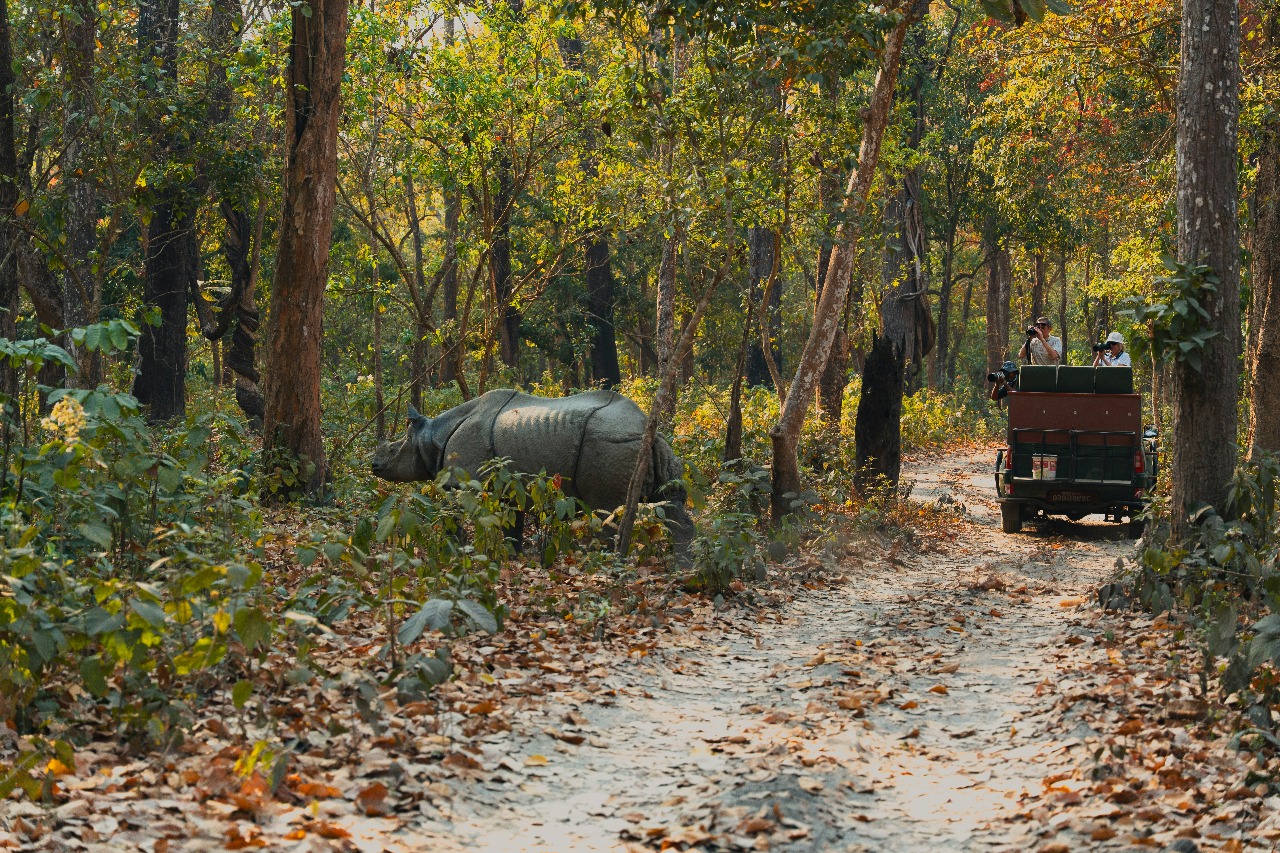
History and Significance
Chitwan National Park holds a remarkable place in Nepal’s conservation history. Established in 1973 as Nepal’s first national park, it was declared a UNESCO World Heritage Site in 1984 due to its rich biodiversity and successful conservation efforts.
In earlier times, this area was used as a royal hunting reserve, where aristocrats would hunt tigers and rhinos. However, with growing awareness about the decline of these species, the government shifted focus toward conservation. Today, Chitwan stands as a shining example of wildlife preservation, playing a vital role in protecting endangered species and providing safe habitats for Nepal’s diverse flora and fauna.
Wildlife and Biodiversity
Chitwan is a paradise for wildlife enthusiasts. The park boasts an incredible variety of species that attract travelers and researchers from across the globe.
Mammals
The star attraction of Chitwan is undoubtedly the one-horned rhinoceros. With over 600 individuals, it’s one of the few places in the world where you can see this majestic creature in the wild. Alongside rhinos, the park is home to elusive Bengal tigers, Asian elephants, sloth bears, gaur (wild bison), and several species of deer.
Birds
If you’re a bird lover, Chitwan is a dream come true. With more than 500 species of birds, including migratory ones, the park is considered one of the best birdwatching destinations in Asia. You might spot giant hornbills, paradise flycatchers, or even the endangered Bengal florican.
Flora
The park’s landscapes are as diverse as its animals. It features sal forests, tall elephant grasslands, and serene riverine vegetation. This blend of ecosystems provides a natural sanctuary for the park’s thriving wildlife.
Location and Accessibility
One of the best things about Chitwan National Park is its accessibility. Situated about 150 km southwest of Kathmandu and 160 km from Pokhara, it can be reached with relative ease. The gateway to the park is Sauraha village, a bustling hub filled with hotels, restaurants, and travel operators that cater to tourists.
How to Reach by Road
The most popular way to reach Chitwan is by road. Tourist buses run daily from Kathmandu and Pokhara, offering a scenic 5–6 hour ride through winding hills, villages, and riversides. For more comfort, private jeeps and cars are available for hire, cutting down travel time and allowing more flexibility.
Reaching by Air
If you prefer to skip the long road journey, a quicker option is a domestic flight from Kathmandu to Bharatpur Airport, which takes just about 25 minutes. From Bharatpur, it’s a short 30-minute drive to Sauraha. Flights are slightly costlier, but they save time and energy, especially for those on a tight schedule.
Local Transport Options
Once in Sauraha, getting around is easy. You can rent bicycles, hire a jeep for safaris, or simply walk around the village. Many hotels provide transportation to and from the park gates, making your stay hassle-free.
Top Activities in Chitwan National Park
Visiting Chitwan isn’t just about sightseeing—it’s about immersing yourself in unforgettable experiences.
Jungle Safari Adventures
A safari is the ultimate way to explore the park. You can choose between a jeep safari for comfort and speed or a walking safari for a more intimate, adrenaline-pumping adventure. Guided by experts, you’ll explore deep forests and grasslands, hoping to catch glimpses of rhinos, deer, and perhaps even a tiger.
Canoe Ride on Rapti River
Drifting down the Rapti River in a traditional dugout canoe is both peaceful and thrilling. The ride offers opportunities to spot marsh mugger crocodiles basking in the sun, along with countless water birds gliding above.
Elephant Breeding Center
Located in Sauraha, this breeding center is dedicated to conserving the dwindling population of Asian elephants. Visitors can learn about the elephants’ role in the ecosystem and ongoing conservation efforts. Ethical tourism is emphasized here—no elephant rides are promoted, ensuring the welfare of these gentle giants.
Bird Watching Tours
With its rich avian diversity, Chitwan offers dedicated birdwatching tours. Experienced guides help spot rare species, making it a rewarding experience for bird lovers.
Tharu Cultural Experience
No visit to Chitwan is complete without engaging with the Tharu community, the indigenous people of the region. Evening cultural shows feature traditional stick dances, vibrant costumes, and folk songs that narrate their history and lifestyle.
Sunset by the Rapti River
As the day winds down, the banks of the Rapti River become a magical place. Watching the sunset with a silhouette of elephants in the distance is a memory etched in every traveler’s heart.
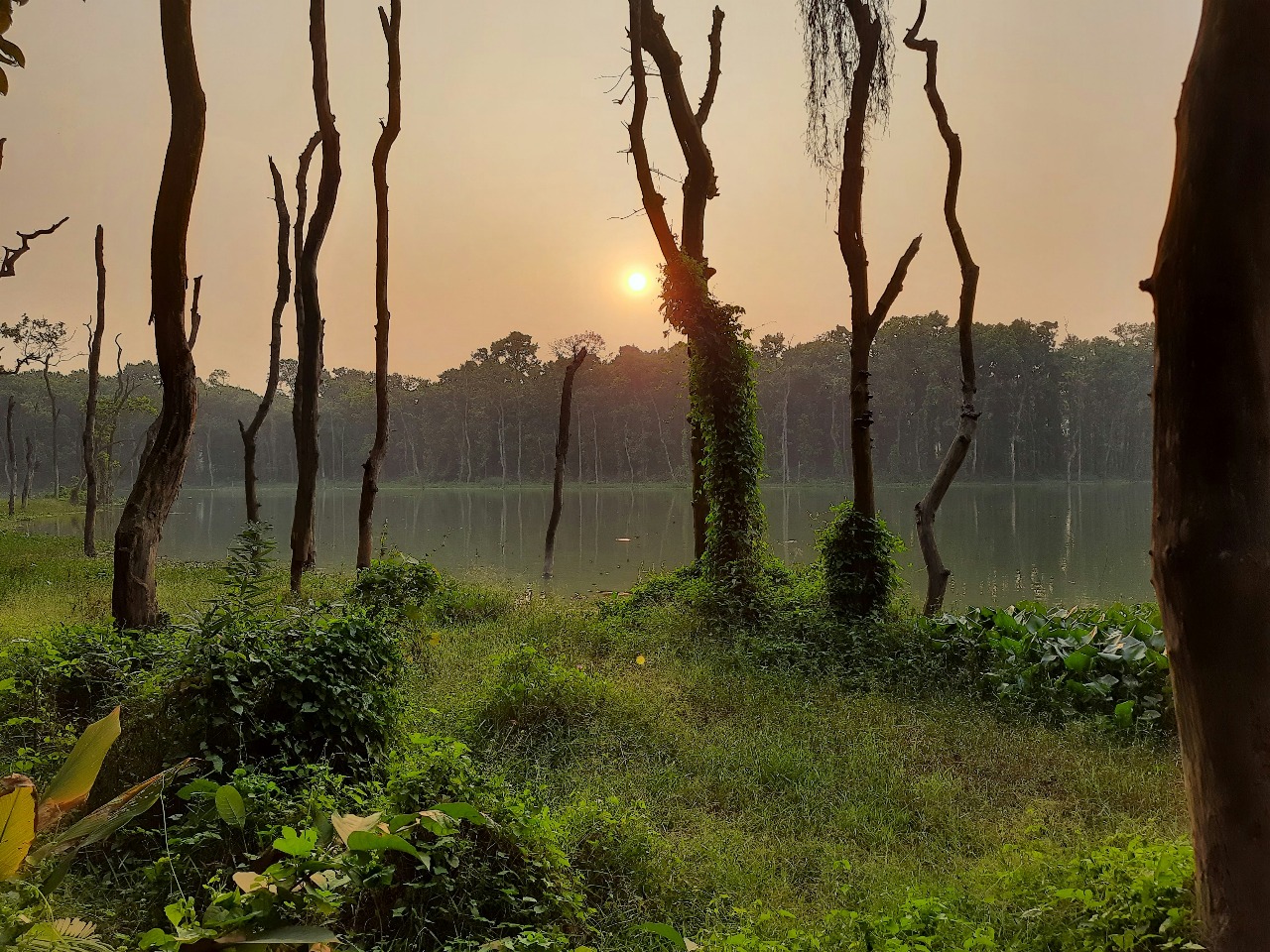
Best Time to Visit Chitwan National Park
Chitwan National Park is a year-round destination, but the experience varies with each season. Choosing the right time can enhance wildlife sightings, jungle safaris, and cultural activities.
Winter (November – February)
- Weather: Cool and dry, temperatures range from 7°C to 24°C.
- Highlights: Ideal for safaris and jungle walks, animals are more visible as they bask in the sun.
- Why Visit: Comfortable conditions for outdoor activities and photography.
Spring (March – May)
- Weather: Warmer days, temperatures up to 35°C, forests come alive with blooming flora.
- Highlights: Excellent birdwatching opportunities with migratory birds present.
- Why Visit: Lush greenery and colorful landscapes make the park exceptionally photogenic.
Summer & Monsoon (June – September)
- Weather: Hot and humid, frequent rainfall, rivers swell, and trails can be muddy.
- Highlights: Fewer crowds, vibrant green landscapes, and a raw jungle experience.
- Why Visit: Ideal for travelers seeking solitude and nature’s untamed beauty; be prepared for leeches and wet conditions.
Autumn (October)
- Weather: Pleasant temperatures, clear skies, and minimal rainfall.
- Highlights: Prime time for safaris, jungle walks, and cultural programs.
- Why Visit: Balanced weather and excellent visibility make this one of the most favored months for visitors.
Accommodation in and Around Chitwan
One of the best things about planning a trip to Chitwan is the wide variety of accommodations available. Whether you’re a luxury traveler, a mid-range explorer, or a budget backpacker, you’ll find something that fits your needs. Most stays are located in Sauraha village, the main entry point to the park.
Luxury Resorts
For those seeking comfort and style, Chitwan offers several high-end resorts with facilities like swimming pools, spa services, and guided private safaris. Resorts such as Barahi Jungle Lodge and Meghauli Serai – A Taj Safari combine modern comfort with an immersive jungle atmosphere.
Mid-Range Hotels
Mid-range hotels are the most popular choice for families and couples. These lodges provide cozy rooms, jungle views, and on-site restaurants serving Nepali and international dishes. Many of them also arrange guided tours and cultural programs for their guests.
Budget Guesthouses & Homestays
Backpackers and budget travelers will find plenty of affordable guesthouses and homestays in Sauraha. These offer basic amenities but make up for it with friendly hospitality. Homestays, in particular, provide an authentic experience of local Tharu culture.
Travel Tips for Visitors
To make the most out of your journey, a little preparation goes a long way.
Entry Fees & Permits
Foreign visitors need to pay around NPR 2,000 (approximately USD 15) for a one-day entry permit, while SAARC nationals and Nepali citizens enjoy reduced rates. Permits are available at the park entrance and are mandatory for all safaris and activities.
Health & Safety Tips
- Carry mosquito repellent to guard against insect bites.
- Dress in neutral-colored clothes to blend into the surroundings during safaris.
- Always listen to your guide, especially when close to wild animals.
- Stay hydrated—temperatures can rise quickly, especially in summer.
Ethical Tourism Practices
Chitwan has made great progress in wildlife conservation, and visitors can help continue this success. Avoid participating in activities that exploit animals, such as elephant rides. Instead, opt for ethical safaris and eco-friendly lodges. Respect local culture and leave no trace behind.
Nearby Attractions Around Chitwan
While the national park is the star attraction, the surrounding areas have plenty more to offer.
Sauraha Village
This lively village serves as the main gateway to Chitwan. It’s filled with cozy cafés, riverside restaurants, and cultural centers. In the evening, you’ll find travelers gathering to watch traditional Tharu dances or simply relax by the river.

Rapti River
The Rapti River forms the park’s northern boundary and is a hotspot for relaxation and photography. Evening boat rides and sunset views here are nothing short of magical.

Bishazari Tal (20,000 Lakes)
Located near Bharatpur, this wetland area is a paradise for birdwatchers. The sprawling lakes are home to diverse aquatic birds and reptiles, making it an excellent half-day trip from Chitwan.
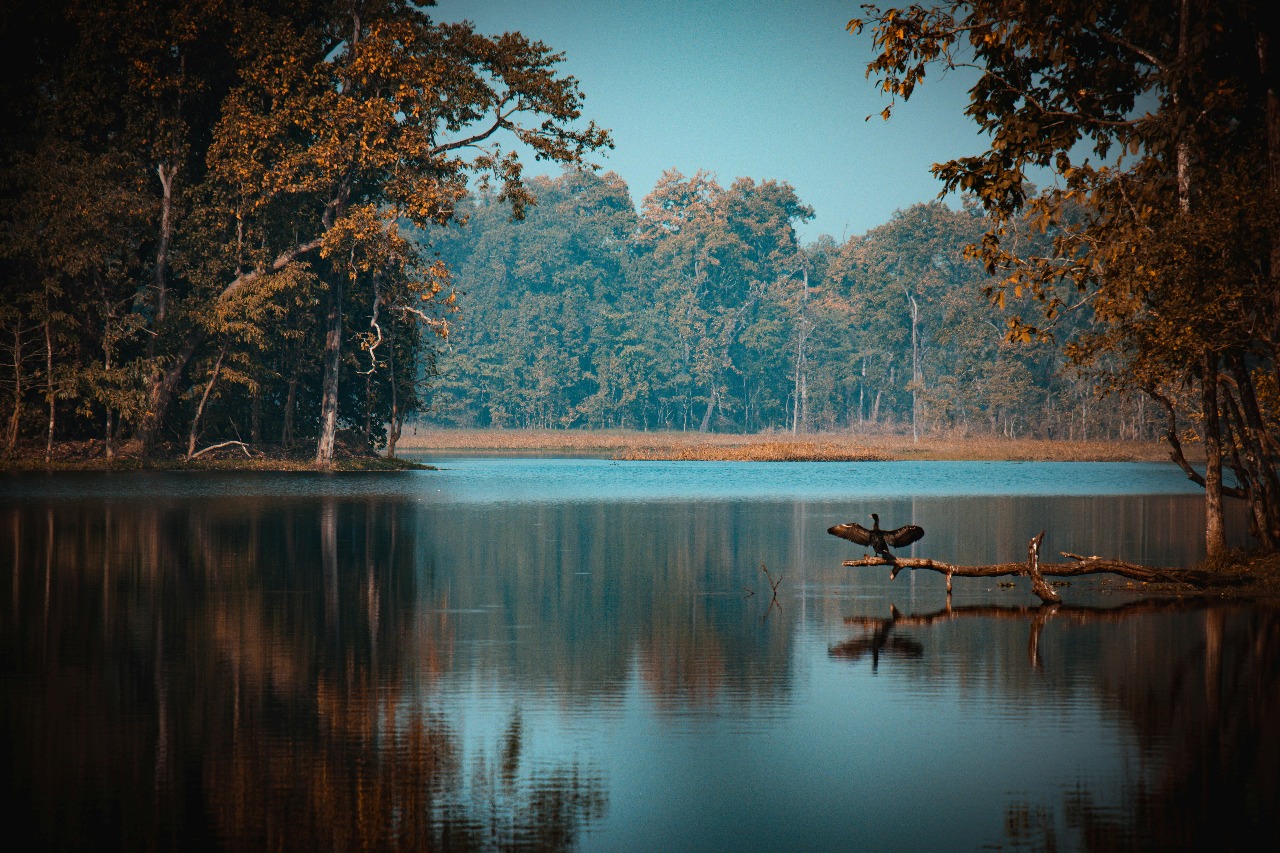
Devghat
For travelers interested in spirituality, Devghat is a significant religious site located at the confluence of the Trishuli and Kali Gandaki rivers. It’s one of Nepal’s holiest pilgrimage destinations and worth a visit if you’re exploring beyond the park.
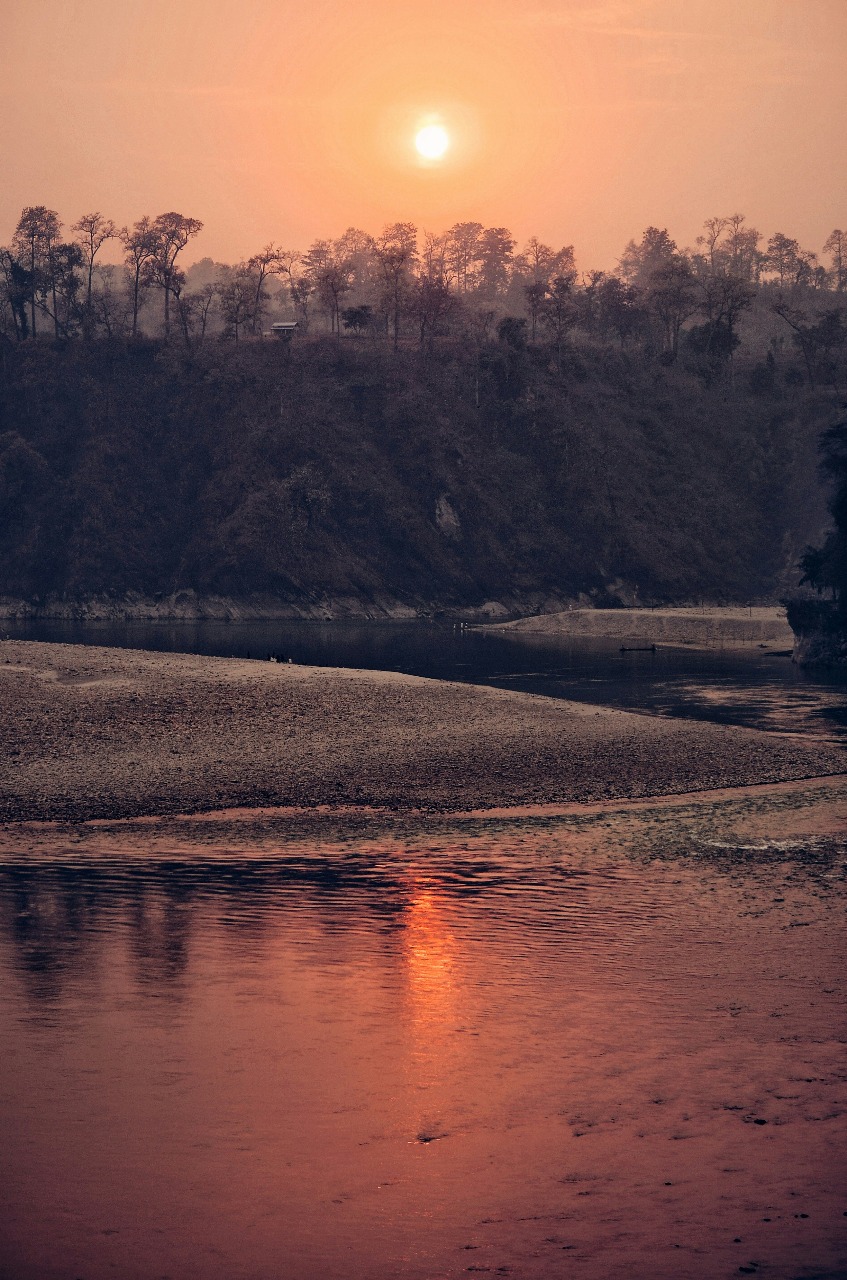
Shaswat Dham(CG Temple)
Built by the Chaudhary Group, Shaswat Dham((CG Temple) is a spiritual and cultural landmark about an hour’s drive from Sauraha. The centerpiece is the striking Ekambareshwar Shiva Temple, surrounded by landscaped gardens, meditation halls, and serene spaces. Whether you visit for prayer, reflection, or to admire its architecture, Shaswat Dham offers a peaceful cultural experience that complements the wild side of Chitwan.

Chitwan National Park Itineraries
Not sure how long to stay? Here are sample itineraries based on the time you have.
2-Day Itinerary (Quick Trip)
- Day 1: Arrive in Sauraha, enjoy a canoe ride on the Rapti River, visit the elephant breeding center, and end the day with a Tharu cultural program.
- Day 2: Early morning jeep safari, breakfast, and departure.
3–4 Day Itinerary (Deeper Exploration)
- Day 1: Arrival and village walk.
- Day 2: Full-day jungle safari (jeep or walking).
- Day 3: Birdwatching in the morning, canoe ride, and evening relaxation by the river.
- Day 4: Visit Bishazari Tal or Devghat before departure.
Conclusion: Embrace the Wild Heart of Nepal
Chitwan National Park is more than a wildlife sanctuary—it’s a living, breathing testament to Nepal’s natural splendor. From the moment you step into its lush grasslands, glide along the Rapti River, or hear the distant call of a hornbill, you feel a connection to something ancient and untamed. It’s a place where the whispers of the jungle tell stories of survival, adaptation, and harmony, reminding us of the delicate balance between humans and nature.
Every visit to Chitwan is an invitation to slow down and witness the extraordinary. Imagine the thrill of spotting a rhino grazing in the morning sun, the serenity of drifting quietly along a river, and the warmth of Tharu smiles as they welcome you into their culture. These are not just memories—they are experiences that transform your understanding of wildlife, conservation, and the human spirit’s connection to the Earth.
Whether you are an avid wildlife photographer, a nature-loving family, or a solo traveler seeking adventure, Chitwan has something to offer. Each season paints the park in a new palette, from the crisp mornings of winter to the lush vibrancy of monsoon, ensuring that every visit feels fresh and enchanting.
By choosing ethical tourism, supporting local communities, and respecting the park’s fragile ecosystem, visitors become partners in the ongoing story of Chitwan’s preservation. You leave not just with photographs and souvenirs, but with a sense of stewardship and awe—a gentle reminder of the wild wonders that still exist on our planet.
So pack your binoculars, lace up your walking shoes, and open your senses to the rhythm of the jungle. Chitwan National Park is calling, offering an adventure that feeds the soul, ignites curiosity, and leaves footprints of wonder long after you return home. In every rustle of leaves, every splash in the river, and every call of the wild, you’ll discover a world where nature reigns supreme—and where every traveler finds a story worth telling.
Frequently Asked Questions About Chitwan National Park
1. What is the best way to see wildlife in Chitwan National Park?
The most popular way is through a jeep safari or walking safari, both guided by experienced naturalists. Jeep safaris offer comfort and cover large areas quickly, ideal for spotting rhinos, deer, and occasionally the elusive Bengal tiger. Walking safaris, on the other hand, provide a more immersive experience, allowing you to feel the jungle’s heartbeat and catch subtle signs of wildlife—tracks, calls, or glimpses of birds. Combining both approaches is perfect for those who want a full spectrum of jungle experiences.
2. Is it safe to go on a jungle safari in Chitwan?
Yes, visiting Chitwan is generally very safe, especially when you follow your guide’s instructions. All safaris are conducted with professional guides trained in animal behavior. Always keep a safe distance from wildlife, wear neutral-colored clothing, and avoid loud noises. The park authorities have strict rules to ensure both visitors’ safety and the animals’ protection, making it a secure and memorable adventure.
3. What types of animals can I expect to see in Chitwan?
Chitwan is home to an astonishing array of wildlife. The park is famous for the one-horned rhinoceros, with over 600 individuals thriving in its grasslands. Bengal tigers, elephants, sloth bears, and wild bison roam the park, while chital deer, sambar, and langurs are commonly seen. Bird enthusiasts will marvel at more than 500 species, including giant hornbills, kingfishers, and the endangered Bengal florican. Every safari holds the promise of a new discovery.
4. How long should I stay in Chitwan to truly experience the park?
For a quick glimpse, a 2-day trip covers the essentials: jeep safari, canoe ride, and a Tharu cultural show. For a deeper experience, 3–4 days allow time for multiple safaris, birdwatching, exploring nearby wetlands like Bishazari Tal, and engaging with the local Tharu community. Longer stays give you a chance to witness early morning mist over the grasslands or the magical sunset by the Rapti River—moments that linger in memory long after the trip ends.
5. Are there any cultural experiences included in a visit to Chitwan?
Absolutely! The Tharu people, indigenous to this region, offer a glimpse into a rich cultural heritage. Evening programs often feature traditional stick dances, folk songs, and storytelling sessions. Visiting Tharu villages provides insight into their agricultural practices, crafts, and daily life. Blending wildlife exploration with cultural immersion makes Chitwan a unique destination where nature and humanity harmoniously coexist.
6. Can I visit Chitwan National Park with children or elderly family members?
Yes, Chitwan is family-friendly. Safaris can be tailored for comfort and safety, with jeep tours suitable for all ages. Many lodges provide child-friendly amenities, and activities like canoe rides or cultural programs are gentle enough for seniors. The combination of wildlife, serene riverbanks, and cultural experiences ensures a memorable family adventure.
7. What is the cost of visiting Chitwan National Park?
Foreign visitors typically pay around NPR 2,000 (USD 15) for a one-day entry permit. SAARC nationals and Nepali citizens enjoy lower rates. Safari costs vary depending on the type—jeep, walking, or canoe—but most tours include a guide and sometimes meals. Accommodation ranges from budget homestays to luxury lodges, allowing travelers to plan a trip that suits their budget without compromising the experience.
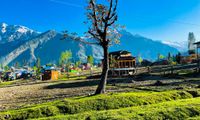
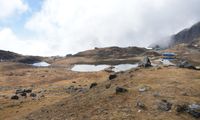
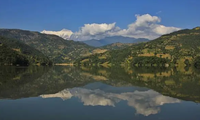

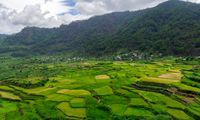
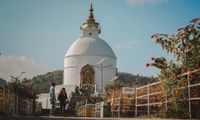
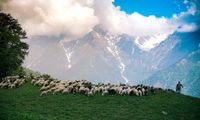
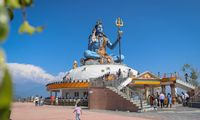
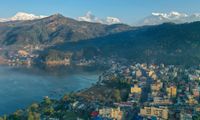
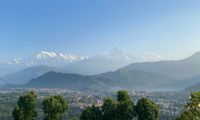
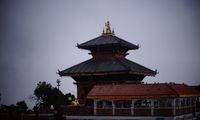
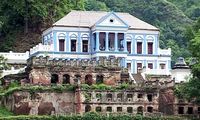
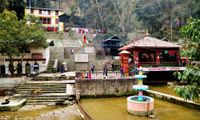
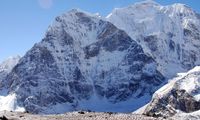
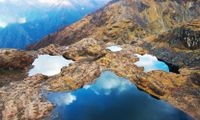
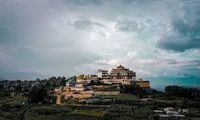
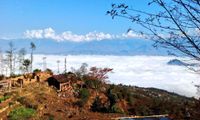
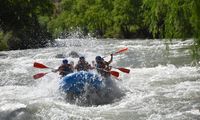
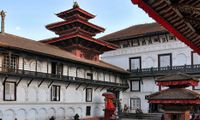
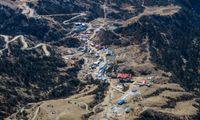
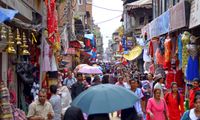
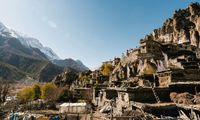
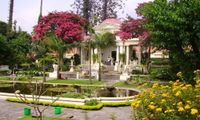
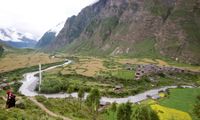
.jpg)
